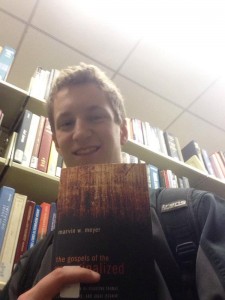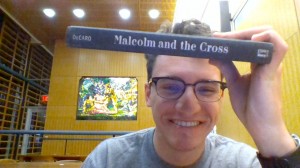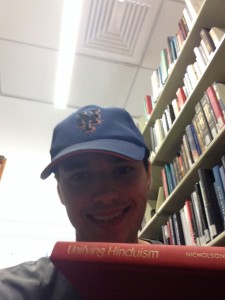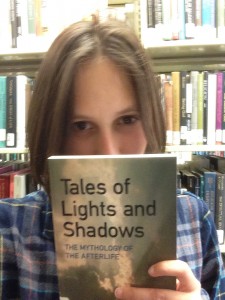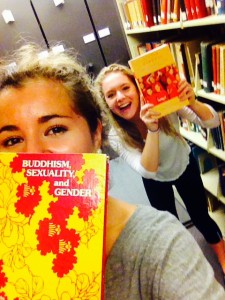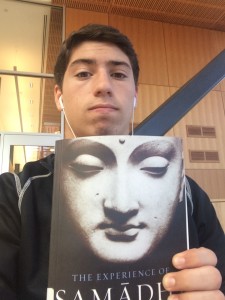Robert King Selfie #2: The Gospels of the Marginalized
To begin the book-selection process for our second shelfie, I again referred to the library’s “OneSearch” feature. In particular, the idea of the canon within Christianity gripped my attention throughout relevant readings and in-class discussions. How is it that certain gospels and writings belonging to early followers of Jesus are included in the canon, while others are cast off as somehow not as authoritative? Specifically, our reading of certain excerpts from Thomas’ gospel proved quite compelling, and thus my keywords proceeded as follows: “Gospel of Thomas.” The third result, titled The Gospels of the Marginalized: the redemption of Doubting Thomas, Mary Magdalene, and Judas Iscariot in early Christian literature, was easily accessible in the Skillman Upper Level. Thus, this title (written by Marvin W. Meyer) became the center of my analysis.
This book concerns itself with the analysis of texts authored by Judas Iscariot, Mary Magdalene, and “doubting” Thomas regarding the life and mission of Jesus. Each of these accounts is analyzed in a subsection of the book, and each provides an incredibly distinguished take on certain figures of the New Testament. For example, Mary Magdalene, often described as a “prostitute” in the canon, is described as a beloved disciple throughout these texts. This book offered exactly what I imagined one might find: a high degree of variation between early Christian texts, especially when considering those not deemed worthy of the canonical status versus those attaining such a recognition. This work challenges the integrity of the Christian canon on the basis of these apparent contradictions found within a variety of early, intriguing sources.
Attractive titles abounding surrounded this piece. Dozens of books pertaining to Gnosticism sat near this particular shelf, as did titles relating to Jesus as a historical figure, and therefore chronicling historical evidence regarding his existence. For example, another title belonging to Meyer, Secret Gospels, sat directly adjacent to this particular work. Interestingly, several shelves dedicated to African-American Christianity sat merely feet away from these pieces on Gnosticism.
Meyer, Marvin W. The Gospels of the Marginalized: The Redemption of Doubting Thomas, Mary Magdalene, and Judas Iscariot in Early Christian Literature. Eugene, Or.: Cascade, 2012. Print.
